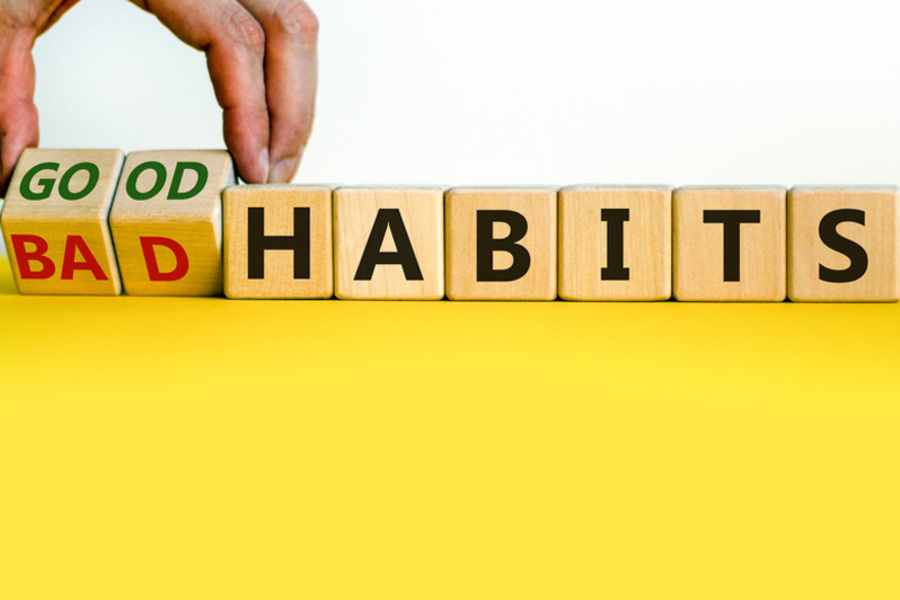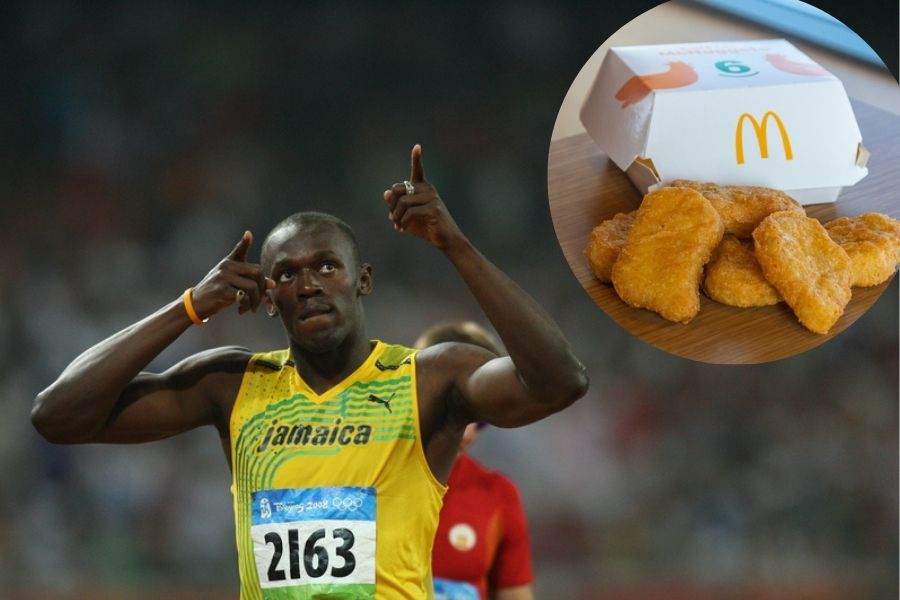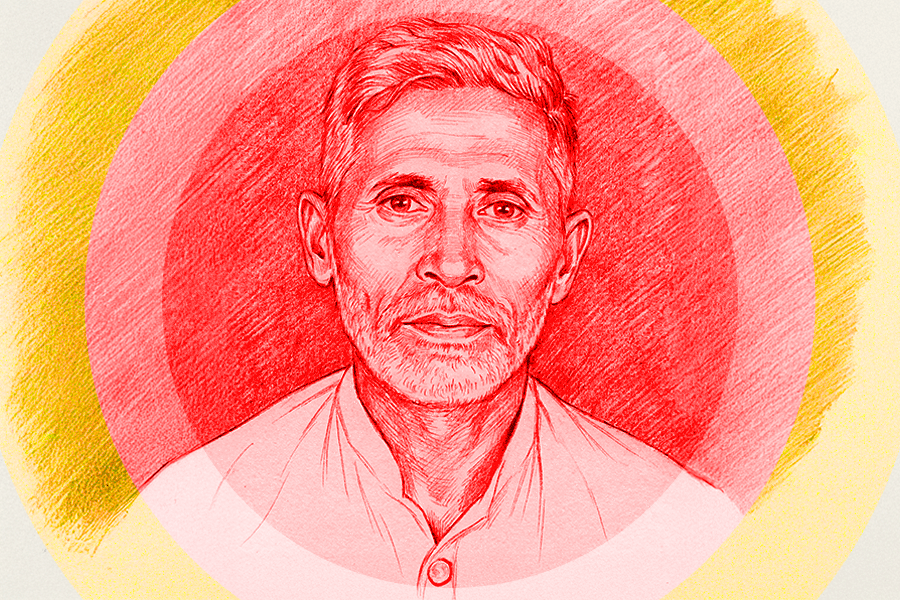The better we get, the fewer resolutions we need to make. In the early years of a career (or rather the attempt to make one), athletes make a list of things to improve on rather easily: wake up early; stretch and mobilise; complete schoolwork as soon as possible; hydrate; apologise to the teammate whose nose you want to break, don’t smoke; and so on. These are good resolutions. It, however, gets a lot harder as the athlete moves on in their careers. With ‘maturity’, they often feel that they do not need any more resolutions or lists to improve further. Not because they are perfect. But because they feel it’s not worth the effort to micromanage the bad habits out of existence.
What makes a bad habit ‘bad’?
In sports, bad habits can be the difference between success and stagnation. Whether it’s a tennis player gripping the racket too tightly under pressure or a soccer player hesitating before taking a shot, habits don’t form randomly — they follow a psychological pattern known as the habit loop. Neuroscientists and psychologists have defined this loop in three parts: cue, routine and reward.
A cue triggers the habit. A basketball player feeling anxious at the free-throw line, for example, is a cue. The routine follows — such as rushing the shot because of nerves. The reward comes in the form of relief, reinforcing the behaviour. Over time, the brain wires this pattern into the basal ganglia, making the habit automatic. Here is another example. Consider a golfer struggling with an inconsistent swing. The cue could be pressure in a high-stakes tournament. The routine — rushing the backswing — leads to poor form. The reward? A temporary sense of control, despite worsening performance. To break this cycle, the athlete must identify the trigger, adjust the routine and replace the reward — perhaps by using deep breathing instead of rushing the movement.

An athlete must identify the trigger, adjust the routine and replace the reward. In picture: Malcolm Thomas at the free throw line during a EuroLeague game Shutterstock
What makes a bad habit ‘good’?
It’s simple: getting rewarded for it. I once worked with an athlete who was extremely superstitious. He used to be obsessed about ‘two eggs’ before a game and ‘three bounces before a serve’. His coach had gotten really annoyed with him after he carried boiled eggs in his bag overnight in summer and got food poisoning on the morning of the first match. To the athlete, it was psychological comfort from a sense of control and familiarity. It was the one thing that was stable in a tournament where chaos usually reigns supreme.
But what happens when an objectively bad habit has given you fantastic returns? I remember a story from university. A friend of a friend had a peculiar habit. He had to once show up sleep deprived for a practical exam because he was binge-watching a TV show in the belief that his exam slot was at 3pm, when it actually was at 8.30am. Rushing out of bed, he had panicked his way through the exam regretting the decisions of the previous night. He promised himself never again, but ended up scoring over 90 per cent. Ever since, anytime it was something around ‘doing’, like a project or a practical, he would make sure he would be sleep deprived and binge watch a show. Strange, isn't it? How do we end up doing something that objectively seems rather odd, but somehow works?
In sport, we see this a lot. Athletes over the years have their strengths converted into a ‘bad’ habit. Virat Kohli and Rohit Sharma have experienced this repeatedly over the past few months through a combination of bowlers hitting the exact spot and a slight lack of form. But to ask these stalwarts of batting to have a radical rethink to satisfy us laymen is rather over-simplistic. Kohli’s drives outside off and Sharma’s pulls have been the good habits that have made them great. Kohli’s 2023 World Cup batting and more recently Sharma’s century against England was a reminder that not all habits can be arbitrarily ‘good’ or ‘bad’.
Anything and everything
A better attitude for athletes — and us — would be to step away from micromanaging ‘bad’ habits. First, we have to understand habits for what they are: a pattern of engaging with something. Second, we have to understand if the pattern is within our ability to change or not. Third, we need to understand what we get out of changing it. Fourth, and most important, why are we changing it? After all, everywhere around us, there is a surfeit of advice on becoming the ideal at everything. If we take the advice and try to micromanage everything, we will end up not managing to do anything at all.
Dr Sahen Gupta is a Kolkata-born, India- and UK-based psychologist who divides his time between mental health support and high-performance coaching. As the founder of Discovery Sport & Performance Lab, he works not only with Olympians and other top-level sportspersons, but also with CEOs and other professionals striving for excellence. Dr Gupta’s mission is to simplify complexities of the mind into actionable and simple ‘doables’ that allow individuals to be mentally fit.













